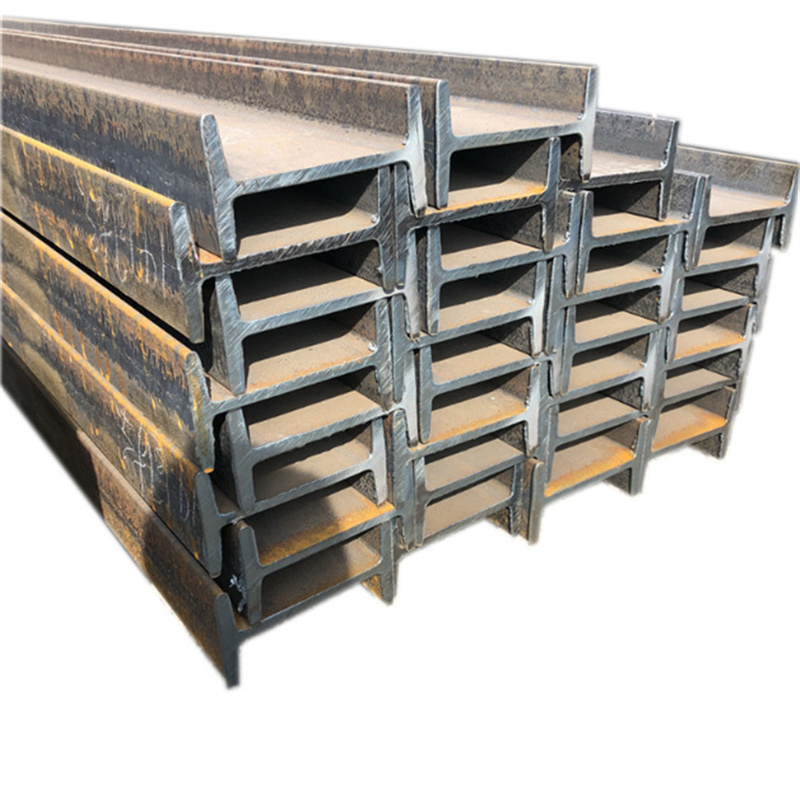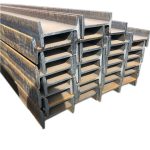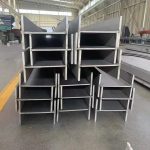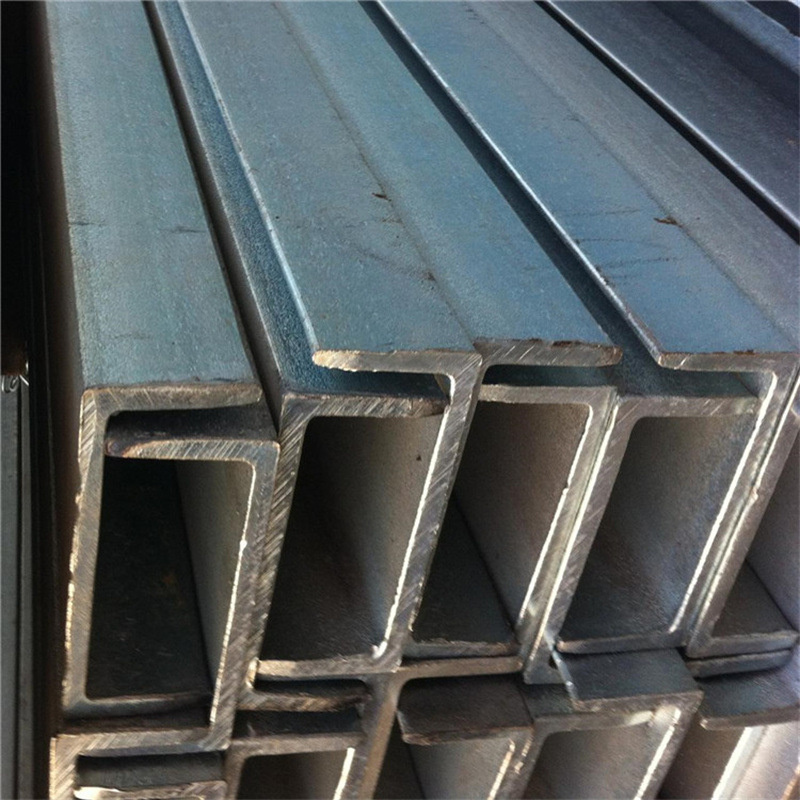254 stainless steel i beam
I-beam made of 254 stainless steel is a high-quality material that offers exceptional strength and durability. With its corrosion resistance and aesthetic appeal, it is an excellent choice for a variety of applications, including construction, manufacturing, and more.
254 stainless steel is a type of chromium-nickel steel that offers excellent resistance to corrosion and oxidation. It is also highly durable and can withstand extreme temperatures and harsh environments. The material's strength and durability make it an excellent choice for structural applications where high loads and stress are present.
The I-beam is a versatile structural element that is widely used in construction and engineering projects. It consists of a top and bottom flange connected by a web, providing high bending strength and stiffness. The 254 stainless steel I-beam offers similar performance to traditional carbon steel I-beams, but with the added benefits of corrosion resistance and aesthetics.
Applications for 254 stainless steel I-beams include bridges, buildings, offshore platforms, and other structures where corrosion resistance and durability are essential. It can also be used in manufacturing processes where cleanliness and sanitation are critical, such as food processing facilities and medical equipment manufacturing plants.
In conclusion, 254 stainless steel I-beams are an excellent choice for applications that require high strength, durability, corrosion resistance, and aesthetics. With its unique properties and wide range of uses, it has become a popular material for many industries and engineering projects.
| Product Name | 254 Stainless Steel |
| Chemical Composition | Element | C | Mn | P | S | Si | Cr | Ni | Mo | N | Limit | ≤0.030 | ≤2.00 | ≤0.045 | ≤0.030 | ≤1.00 | 19.50-23.50 | 8.00-11.00 | 3.00-4.50 | ≤0.10 | |
| Physical Properties | Melting Point: 1825°C (3329°F) Specific Gravity: 8.0 g/cm³ Modulus of Elasticity: 193 GPa Poisson's Ratio: 0.34 Tensile Strength: ≥550 MPa Yield Strength: ≥210 MPa Elongation: ≥40% Hardness: ≤210 HB Heat Treatment: Annealing, Quenching, Tempering, etc. |



316 and 316L stainless steel hot rolled plates are widely used in various industries due to their excellent corrosion resistance, high temperature strength, and exceptional mechanical properties. These plates are produced through a hot rolling process, where the steel is heated above its recrystallization temperature and then passed through a series of rollers to achieve the desired thickness.
| Grade | 316 316L |
| Manufacturing Method | Hot Rolled |
| Thickness Range | 3mm - 100mm |
| Width Range | Up to 2000mm |
| Length Range | Up to 6000mm |
| Surface Finish | No.1, 2B, BA, No.4, No.8, HL, etc. |
| Tensile Strength | ≥ 515 MPa |
| Yield Strength | ≥ 205 MPa |
| Elongation | ≥ 40% |
| Hardness (HB) | ≤ 217 (Brinell Hardness) |
| Density | 8.00 g/cm³ |
| Chemical Composition | Carbon (C): 0.08% maximum Silicon (Si): 1.00% maximum Manganese (Mn): 2.00% maximum Phosphorus (P): 0.045% maximum Sulfur (S): 0.030% maximum Chromium (Cr): 16.00% - 18.00% Nickel (Ni): 10.00% - 14.00% Molybdenum (Mo): 2.00% - 3.00% Nitrogen (N): 0.10% maximum |
Corrosion Resistance: Both 316 and 316L stainless steel exhibit excellent resistance to a wide range of corrosive environments, including acidic and chloride-containing solutions.
High Temperature Strength: These grades maintain their strength and integrity at elevated temperatures, making them suitable for applications involving heat or thermal cycling.
Mechanical Properties: 316 and 316L offer good tensile and yield strength, as well as excellent toughness, enabling them to withstand heavy loads and impacts.
Weldability: These stainless steels can be easily welded, allowing for the fabrication of complex structures and components.
Suitable for Food and Medical Industries: Due to their non-reactive nature, 316 and 316L are commonly used in food processing, pharmaceutical, and medical equipment where hygiene and compatibility are critical.
Chemical processing equipment
Heat exchangers
Pharmaceutical and medical equipment
Food and beverage industry machinery
Marine environments (boats, shipbuilding)
Oil and gas processing equipment
Pulp and paper industry machinery
Please note that this is a general product introduction, and specific technical specifications may vary depending on the manufacturer or supplier.
















